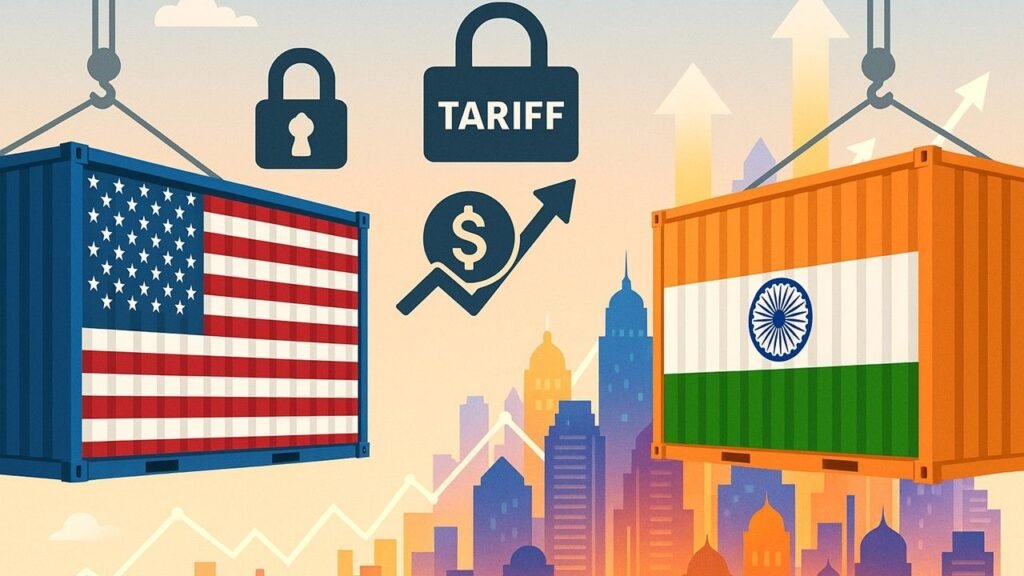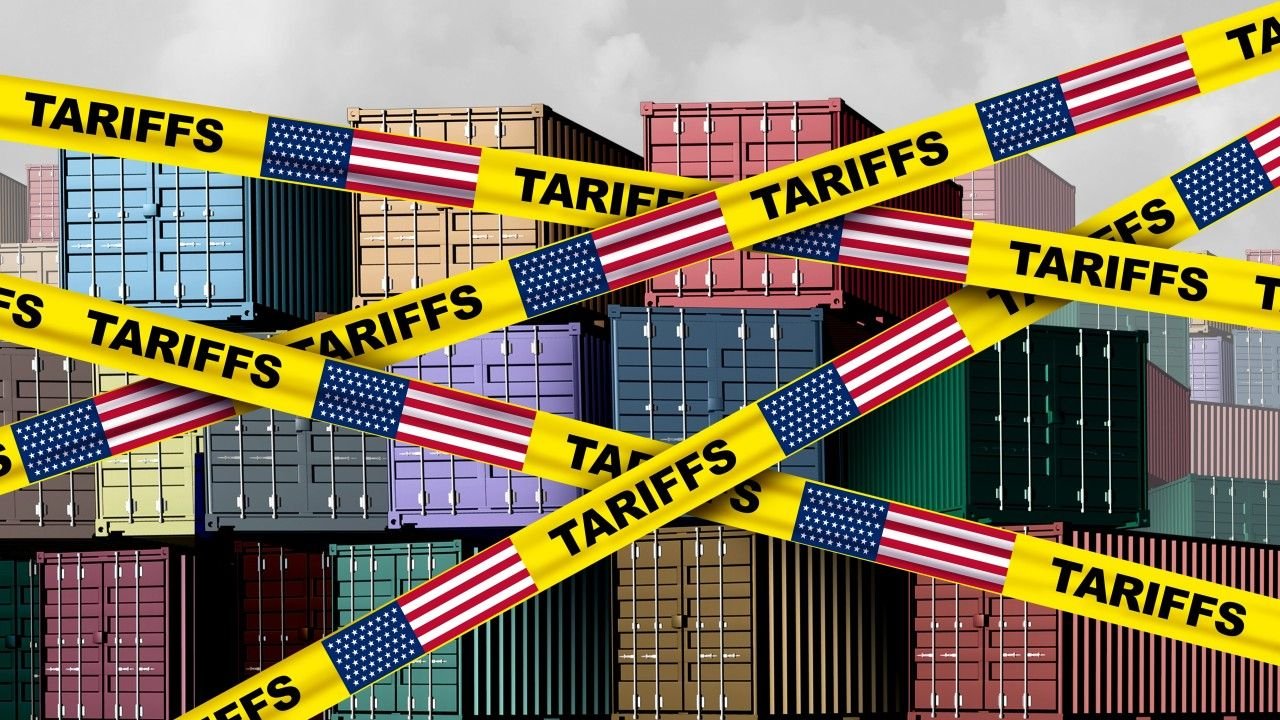US President Donald Trump has urged the European Union to impose tariffs of up to 100% on goods from China and India, arguing that such measures could pressure Russian President Vladimir Putin to end the ongoing war in Ukraine. The call was made during high-level discussions between US and EU officials, where options to intensify economic measures against Moscow were reviewed.
Trump’s Struggle to Broker Peace
Trump has long pledged to resolve the conflict quickly, even claiming he would end the war “on day one” of his presidency. However, his efforts to mediate between Moscow and Kyiv have so far fallen short. Russian airstrikes across Ukraine have escalated, with recent missile and drone attacks striking key cities, including a symbolic hit on Ukraine’s main government building in Kyiv. The bombardments marked one of the heaviest assaults since the war began, leaving dozens of civilians dead in the Donbas region.
The Role of China and India
China and India continue to play a pivotal role in keeping Russia’s economy afloat, particularly through purchases of Russian oil. These transactions provide Moscow with much-needed revenue to sustain its war efforts. While the US has already imposed a 50% tariff on Indian goods, which included penalties for trade ties with Russia, Trump now wants Europe to adopt similar or even harsher measures.
A Shift in EU Strategy ?

The European Union has previously focused on sanctions as its main tool against Moscow, while also pledging to reduce its reliance on Russian energy. Despite this, nearly a fifth of the EU’s natural gas imports still come from Russia. Introducing high tariffs on China and India would represent a significant shift in the EU’s approach, moving from isolating Russia directly to targeting its economic partners.
Washington’s Call for United Action
Trump’s appeal echoes remarks from US Treasury Secretary Scott Bessent, who recently said that Washington was prepared to escalate economic pressure but needed stronger backing from Europe. Trump himself expressed frustration over the situation, threatening tougher sanctions if Russia continues its attacks. He has also hinted at a possible direct conversation with Putin in the coming days, though previous talks between the two leaders have failed to produce a peace deal.
India-US Trade Relations in Focus
Beyond the Ukraine crisis, Trump also highlighted trade negotiations with India. He described India as a “close friend and natural partner” and expressed optimism about reaching an agreement soon. Indian Prime Minister Narendra Modi responded positively, saying both nations were working to resolve trade barriers quickly. Their exchanges have been viewed as an effort to strengthen ties after earlier talks collapsed, with Trump emphasizing that the US-India relationship remains strong despite occasional setbacks.
Balancing Diplomacy and Trade
The calls for tariffs and the parallel discussions with India underscore the balancing act Trump faces. On one hand, he seeks to punish countries indirectly aiding Russia’s economy, while on the other, he is keen to preserve strategic alliances, particularly with Delhi. The situation reflects the complexity of global trade diplomacy at a time when geopolitical tensions are at a peak.
As Russia intensifies its military aggression, the question now is whether the EU will align with Washington’s hardline tariff proposal. For Trump, securing European cooperation is critical, both to increase pressure on Moscow and to show progress on his foreign policy promises. Yet with Europe cautious about disrupting its own trade ties and energy supplies, the outcome remains uncertain.

